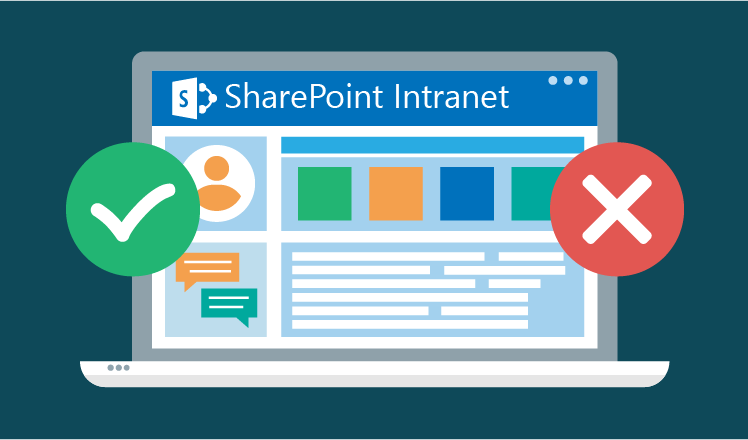As a long-time SharePoint consultant, I’m often asked what the difference is between an extranet and a SharePoint intranet.
While they sound similar, there are some important distinctions between these two platforms that companies should understand.
Key Characteristics of Intranets and Extranets
Intranet
An intranet is an internal network that allows employees to collaborate and share information within an organization.
A SharePoint intranet provides a central location for company resources like policies, databases, shared calendars, internal communications, and more. It’s only accessible by employees and on-site contractors.
Extranet
In contrast, an extranet extends collaboration to outside partners, vendors, customers, or other third parties.
It provides limited and controlled external access to selected internal resources like documents, tools, applications, and platforms.
For example, an extranet could allow clients to log in and view project timelines, download sales collateral, check order status, or access other materials useful to them.
Key Differences Between Intranets and Extranets
Here is an in-depth look at some of the key differences between SharePoint extranet vs intranet environments:
Access and Users
- Intranet Access: Access is limited to internal employees and on-site contractors only. Extensive permissions and controls are not needed since all users are trusted.
- Extranet Access: Access is selectively granted to external users like customers, vendors, partners, etc. Strict access controls, permissions, and authentication are required to prevent unauthorized access.
Content and Data
- Intranet Content: Content is focused on internal company information like policies, databases, internal communications, HR documents, company news, calendars, etc.
- Extranet Content: A subset of useful internal information like product specs, account data, support documentation, etc, is exposed externally. Confidential data remains hidden.
Purpose and Goals
- Intranet Goals: Enables seamless collaboration and communication within an organization. Improves productivity by centralizing resources.
- Extranet Goals: Securely extends collaboration to external organizations. Facilitates controlled interactions with partners, vendors, and customers.
Security and Compliance
- Intranet Security: Minimal security protections are needed since all intranet users are trusted employees.
- Extranet Security: Requires strong authentication, granular permissions, and data encryption to control external access to sensitive information. Must align with compliance standards.
Ownership and Management
- Intranet Ownership: Typically owned by the internal IT department and aligned to internal policies.
- Extranet Ownership: Joint ownership between IT, Sales, and Customer Service teams. Includes external user management.
Technology and Infrastructure
- Intranet Tech: Leverages internal infrastructure, servers, and networks. Integrated with internal tools and apps.
- Extranet Tech: Uses DMZ servers, firewalls, VPNs, and data encryption to interact securely with external networks securely.

Real-World Extranet Example
To illustrate the value of an extranet, let me share an example from a past SharePoint project. I helped a manufacturing company set up an extranet portal for their parts suppliers…
The manufacturer needed to share design specifications, quality protocols, and supply chain data with vendors to ensure parts were produced to the exact standards required. However, they couldn’t simply expose their full intranet externally.
We set up an extranet site with 2-factor authentication required for vendor access. Each vendor could only access the data relevant to the parts they supplied. Documents and data were encrypted, and permissions were granularly controlled.
This allowed much greater visibility and collaboration with their vendors while keeping internal systems secure. Quality improved as specs were communicated clearly. The intellectual property stayed protected.
Key Takeaways
In summary, SharePoint intranets and extranets serve complementary purposes:
- Intranets facilitate collaboration within an organization.
- Extranets securely extend collaboration beyond the organization.
Understanding the key differences in access, content, security, and technology is essential. With the right strategy, companies can leverage both platforms to meet strategic goals and drive value with partners and customers alike.